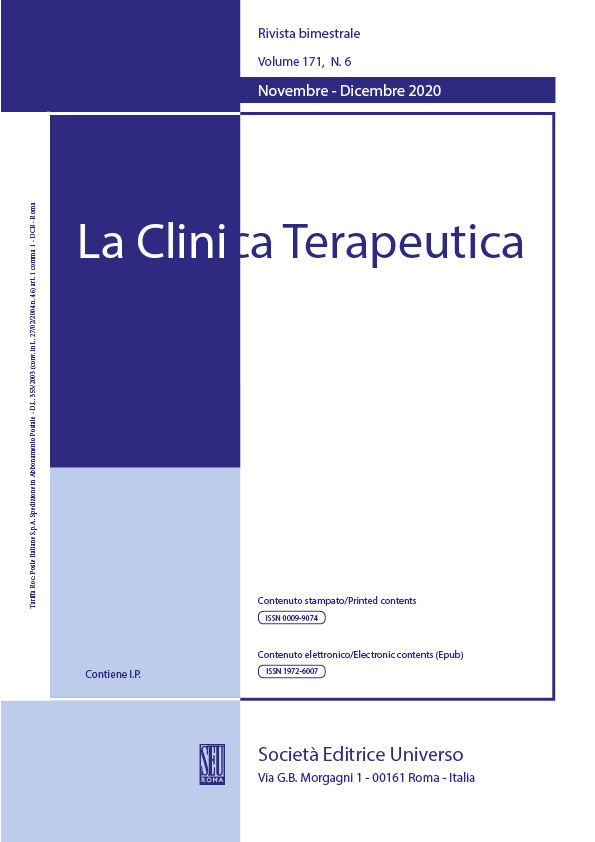Abstract
Background and aim: The fascio-cutaneous posterior interosseus artery flap (PIAF) is used in hand reconstruction, especially to repair skin or tissue defects such as burn injuries, open fractures, gunshot wounds or traumatic amputations. The aim of this study is to examine the anatomical features of this flap, to describe the surgical harvesting technique and the difficulties associated with the dissection.
Methods: From January 2016 to January 2022, we performed PIAF in 10 patients (3 women and 7 men) with a mean age of 28 years (range 22-44). This flap is taken from the back of the forearm, between the extensor carpi ulnaris (ECU) muscle and the extensor digitorum common (EDC) muscle.
Results: We analyzed retrospectively our patients indicating the failures of this reconstructive surgery, the complications that have arisen and the results using DASH score with the related clinical and medico-legal implications.
Conclusions: Due to its location and structure, PIAF is one of the most versatile fascio-cutaneous flaps in upper limb reconstructive surgery and can be used to reconstruct parts of the hand, wrist, or elbow, allowing to restore limb function and improve the quality of life of patients even if there could be some medico-legal implications.
